RTC NBA Draft Profiles: Wesley Johnson
Posted by rtmsf on June 5th, 2010Over the course of the next month until the NBA Draft on June 24, RTC will be rolling out comprehensive profiles of the 30-35 collegians we feel have the best chance to hear their names called by David Stern in the first round that night. There won’t be any particular order to the list, but you can scroll back through all the finished profiles by clicking here.
Player Name: Wesley Johnson
School: Syracuse
Height/Weight: 6’7, 206
NBA Position: SF
Projected Draft Range: Top-5 pick
Overview: Johnson was the biggest impact transfer of last year’s college basketball season, living up to the hype bestowed on him by head coach Jim Boeheim. His Orange flew under the radar as the campaign began, barely ranked in the top-25 and not expected to provide much of a threat to Villanova, Georgetown or West Virginia atop the Big East. Little did the prognosticators know that Wesley Johnson would immediately become the best all-around player in the conference and a projected top-five pick in the 2010 NBA Draft. Johnson was viewed as a sleeper by most scouts following two solid years at Iowa State, but he really exploded on the national scene during the 2K Sports Classic at MSG in November when he posted 17/11 against California and 25/8 against North Carolina. As his Orange vaulted up the polls, the highlight reel dunks and smooth mid-range pull-ups kept coming in waves from the uber-athletic Johnson. His finest all-around performance may have come in a second round blowout of Gonzaga when Johnson scored 31 points and grabbed 14 rebounds on a wildly efficient 11-16 FG and 4-6 3pt performance. The scariest part is that this gifted junior has not even approached his ceiling yet.
Will Translate to the NBA: Johnson possesses all of the raw skills to be an effective and consistent scoring small forward at the next level. His signature move worked wonders at the collegiate level and should translate to the NBA — a one-dribble pull-up with tremendous elevation that’s nearly impossible to block. Johnson is also extremely effective in transition, running like a gazelle in the open floor and blessed with phenomenal athleticism and leaping ability. A big reason Syracuse was so effective last season was their unselfishness and passing prowess. Johnson was a big reason for that success — the ball doesn’t die when it’s in his hands; in fact, he’s a tremendous passer that loves to get teammates involved. Johnson’s incredible wingspan, quickness and intelligence also makes him a solid defender either in one-on-one or help situations.
Needs Work: There’s some question regarding Johnson’s ability to score on dribble penetration. Sometimes when he’s being guarded by bulkier, stronger defenders, Johnson is stubborn about shooting his mid-range jumper and he can morph into an ineffective player for long stretches. Overall, Johnson absolutely needs to improve on his penetration to draw fouls on a more consistent basis. It would make him a much more dynamic player if defenders couldn’t just focus on his usual one-dribble jumper move. Johnson attempting just 145 free throws in 1224 minutes last year is evident that he needs to improve this facet of his game.
Comparison Players: Shawn Marion immediately comes to mind as an apt comparison for Johnson. His defense and rebounding skill, that accurate mid-range jumper, ability to run in transition, the athleticism and lengthy wingspan and All-Star level ceiling all remind us of Marion’s game. If anything, Johnson is slightly more smooth and polished, even at 23 years old.






























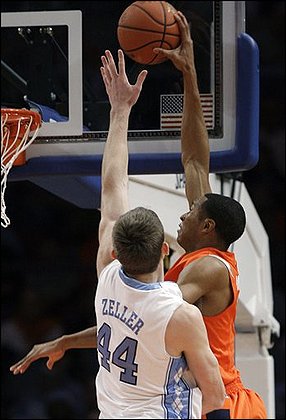

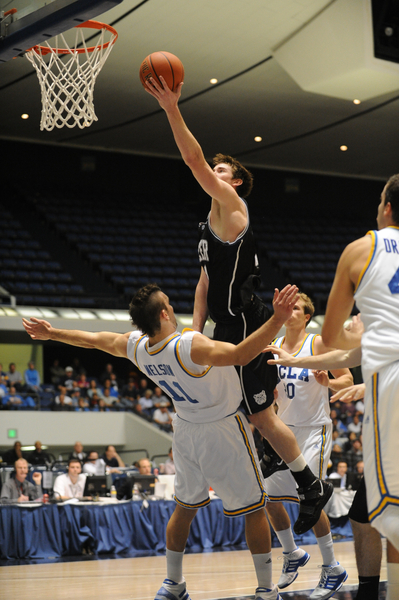
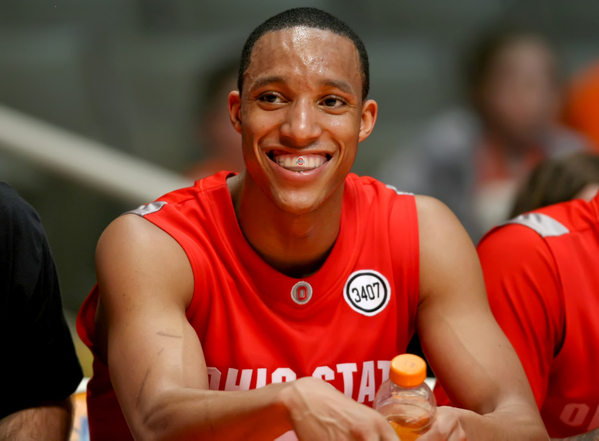
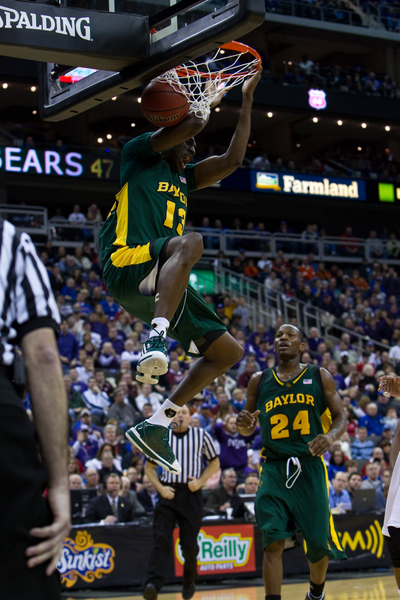
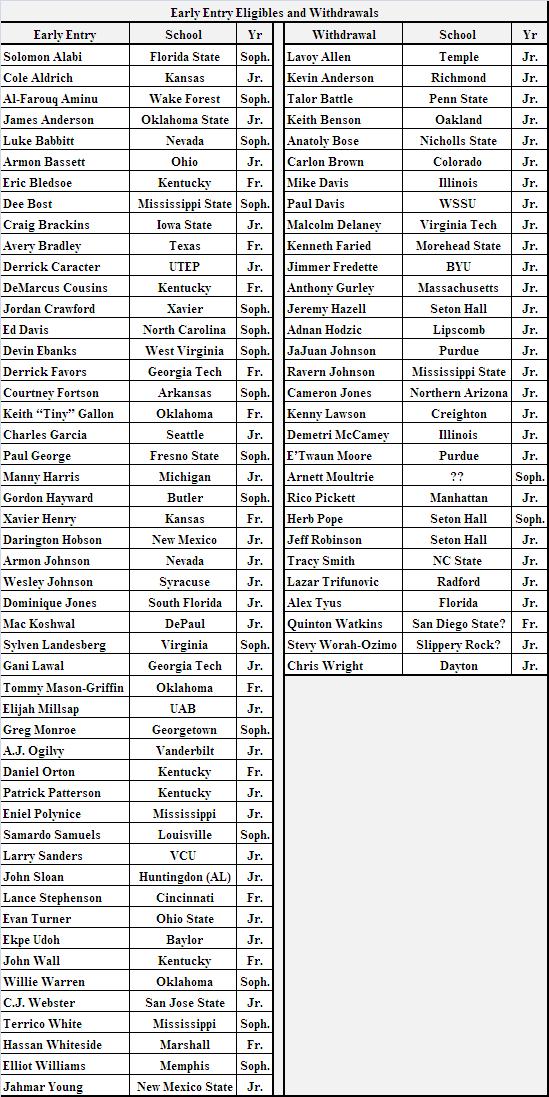
![2760812165213_Texas_Southern_at_Texas[1]](http://rushthecourt.net/wp-content/uploads/2010/05/2760812165213_Texas_Southern_at_Texas1.jpg)
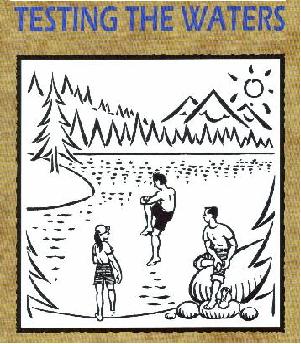

![438012310054_Kentucky_v_Arkansas[1]](http://rushthecourt.net/wp-content/uploads/2010/04/438012310054_Kentucky_v_Arkansas1.jpg)













